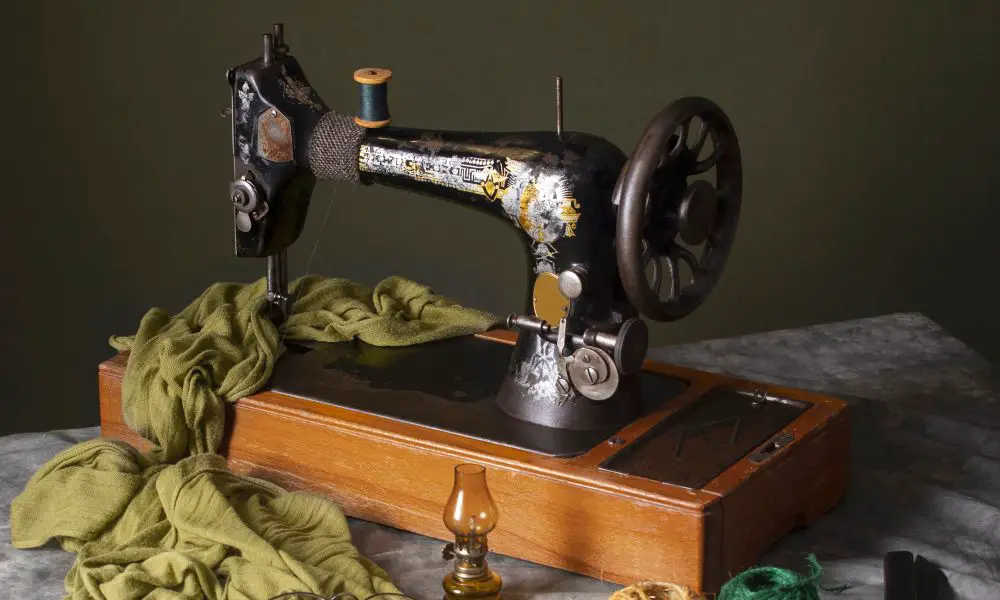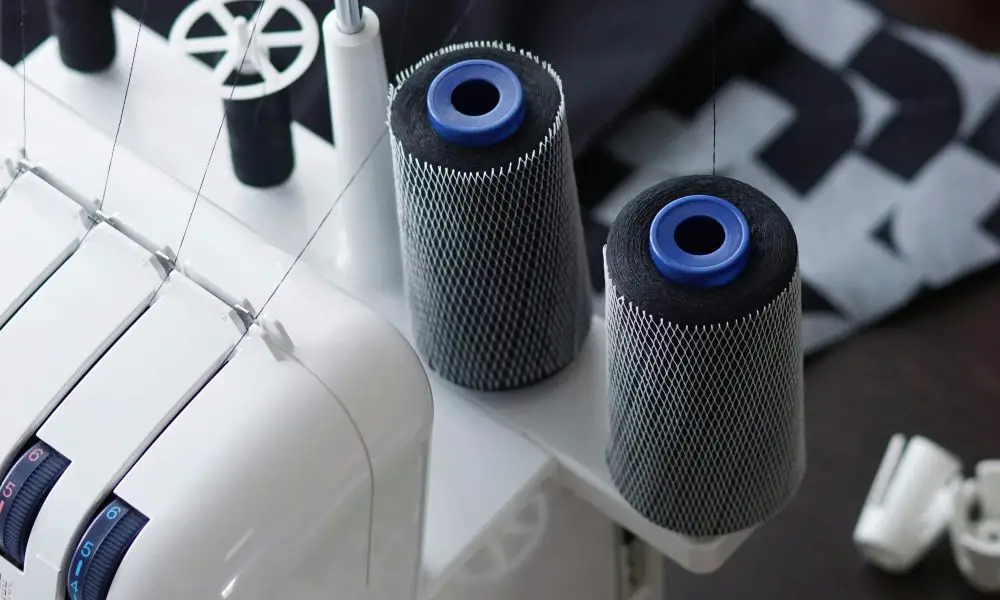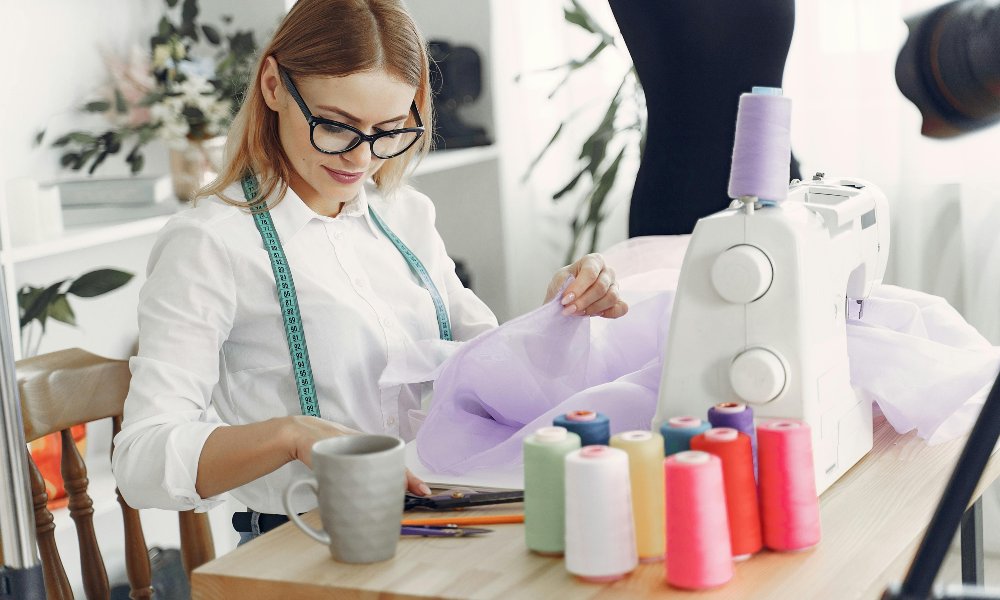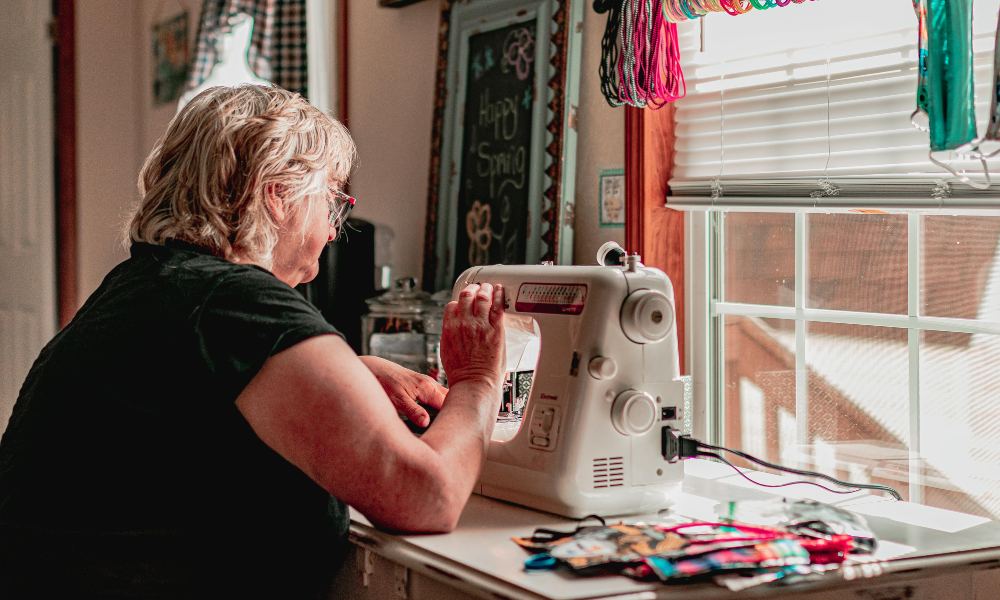For millennia, sewing was done entirely by hand. But in the late 18th century, inventors began trying to mechanize the sewing process. In the 1850s, the first sewing machine, which was both practical and commercially successful, was created due to the earlier attempts made. This groundbreaking invention dramatically transformed the garment industry and eventually brought sewing machines into homes worldwide.
The Origins: Early Attempts at Mechanizing Sewing
Before the sewing machine, every stitch was done by hand. But as early as 1755, an Englishman named Charles Frederick Wiesenthal patented a double-pointed needle designed for mechanical sewing. His needle helped expedite the process but still required people to pull the needle manually through the fabric. It couldn’t sew fabric continuously.
In 1790, another Englishman, Thomas Saint, created a machine using an awl to pierce holes in leather or canvas and a needle to carry the thread through the holes. This device was aimed at sailors for sewing ship sails and other canvas goods. However, it was imperfect, requiring manual manipulation and struggling to make tight stitches.
While these inventions attempted to mechanize sewing parts, the first significant breakthrough came in France, thanks to Barthelemy Thimonnier in 1830.
Barthelemy Thimonnier Creates the First Functioning Sewing Machine
The French tailor Barthelemy Thimonnier patented the first sewing machine to replicate the process of hand sewing. His machine used a hooked needle that made the same chain stitch as hand sewing. Sewing could be done up to 200 stitches per minute, which was faster than any hand sewing.
Thimonnier started a factory in Paris in 1830 with 80 sewing machines and won a contract to produce French army uniforms. But shortly after, threatened French tailors, fearing unemployment, broke into his factory and destroyed his machines. Unfortunately, this prevented Thimonier from bringing his groundbreaking invention to commercial success.
The First Patents for Sewing Machines in America
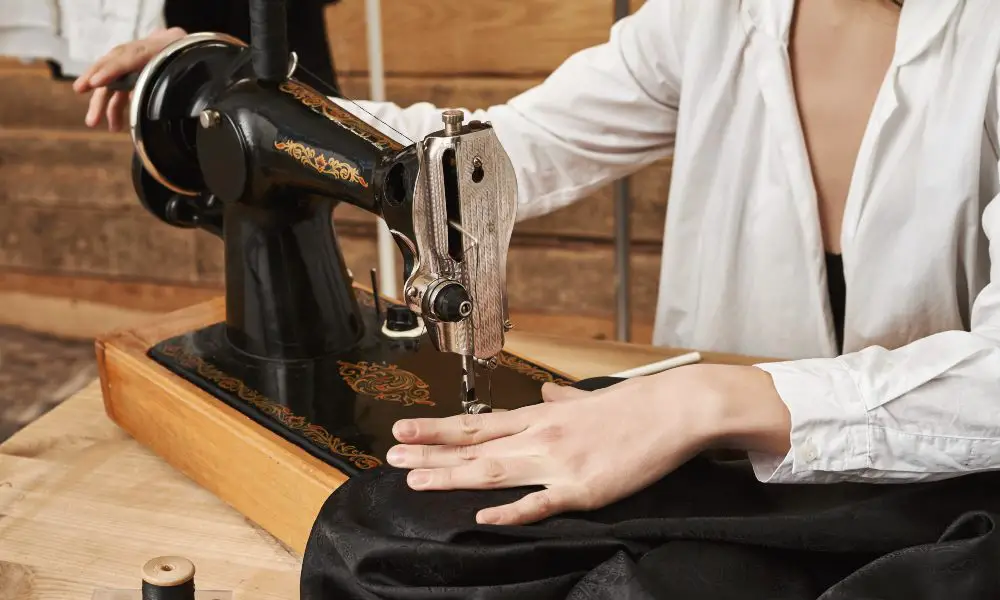
Inspired by the innovations in Europe, American inventors also began working on creating sewing machines.
In 1832, American Walter Hunt built America’s first working sewing machine using two spools of thread, an eye-pointed needle, and a shuttle to pass the second thread. But Hunt abandoned his machine and lost his patent rights before capitalizing on his ingenious design.
Then, in 1845, American Elias Howe earned a U.S. patent for a sewing machine that used two separate threads – an upper thread carried on a needle with an eye at the tip and a second thread fed from a shuttle below. His breakthrough concept allowed the machine to mimic hand sewing’s interlocking stitches, known as the lockstitch. However, Howe faced difficulties finding financial backers and manufacturers, delaying bringing his invention to the public.
Isaac Singer Improves the Design and Starts Mass Production
The major commercial success finally came when Isaac Merritt Singer further improved on previous sewing machine designs. Singer added essential features like a foot treadle rather than hand crank operation, allowing continuous use of both hands for sewing.
1851 Singer was awarded a broad patent covering his complete sewing machine. Singer implemented new marketing and sales strategies with business partner Edward Clark in 1853. They established installment payment plans, allowing more homes to afford the machines. Singer and Clark also set up a franchise-like national network of sales offices to market the machines nationwide.
Singer is often credited with popularizing the home sewing machine thanks to these innovations. Sewing machines rapidly went from industrial use to everyday use in households across America and Europe. Singer expanded operations internationally as demand grew worldwide.
Impact on the Garment Industry
The arrival of the sewing machine sparked a revolution in the clothing industry. Factories transitioned from hand production methods to using powered industrial sewing machines. This drove up efficiency, productivity, and profits in the garment industry.
Ready-to-wear clothing became more widely available and affordable. Homemade clothes and crafts became more accessible to households thanks to the sewing machine.
FAQs:
Who invented the first sewing machine?
While various early inventors created primitive sewing machines, Isaac Singer patented the first practical and commercially successful sewing machine in 1851. His technical and business innovations brought sewing machines into widespread use.
When was the first sewing machine made?
In 1790, Englishman Thomas Saint created one of the first sewing machines designed to sew leather for industrial use. However, it was not until the 1850s that sewing machines suitable for widespread home and industrial use were invented and marketed commercially.
What was the first sewing machine called?
Barthelemy Thimonnier created the first functional sewing machine in 1830. His machine used a chain stitch-like hand sewing and was called a ” crochet,” the French word for hook.
Who invented the lockstitch sewing machine?
American inventor Elias Howe was awarded the first U.S. patent in 1846 for a sewing machine that created the lockstitch by interlocking threads from two sources. This advance on previous single-thread designs allowed his machine to mimic hand sewing accurately.
What was the impact of the sewing machine?
The sewing machine enabled the mass production of clothing and the growth of the garment industry. It also allowed ready-to-wear clothing and homemade crafts to become more accessible to the public. Sewing productivity increased drastically compared to hand sewing.
Over a century of incremental innovations, led up to the creation of the sewing machine. However, Isaac Singer ultimately brought together the complete, practical design and business strategies to achieve ubiquitous adoption and change the face of sewing. So, while earlier inventors laid the groundwork, Singer and Singer’s contributions are recognized for bringing the revolutionary impacts of the sewing machine into reality.
***
Main image: freepik

